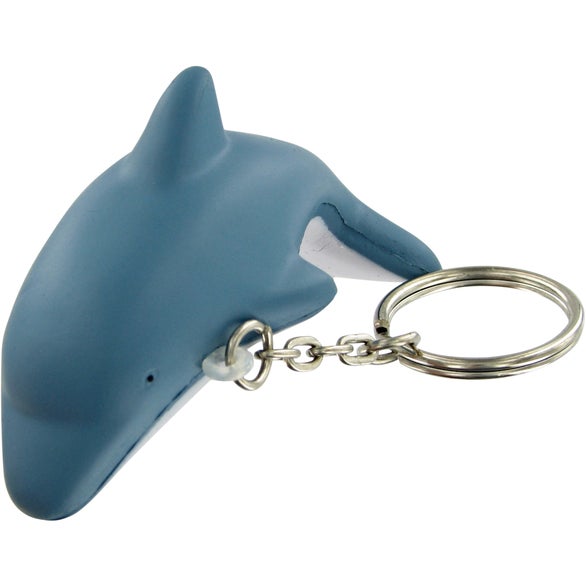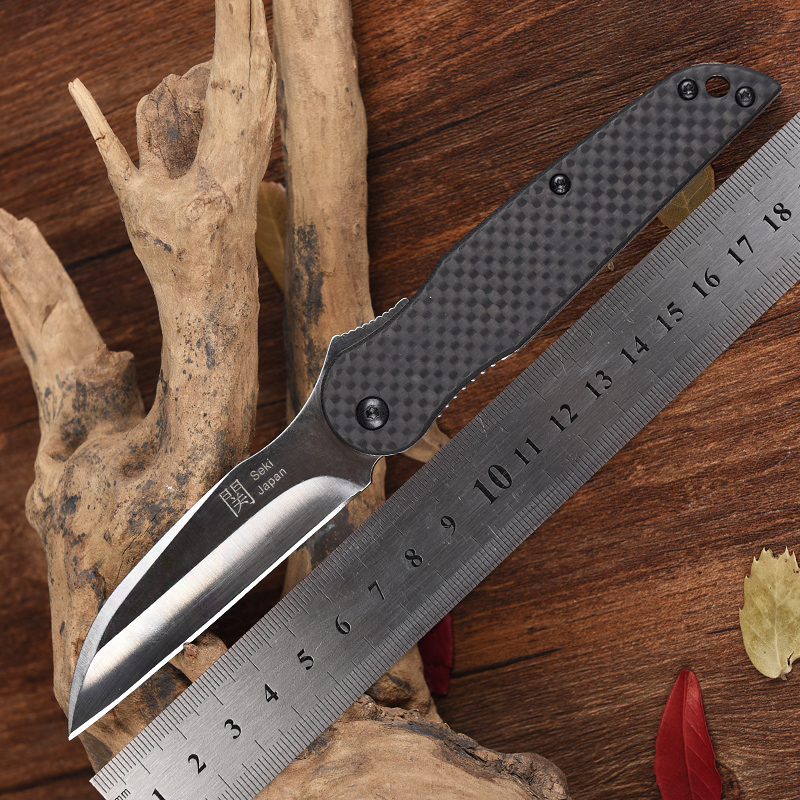
There are many things you need to know when training for a fight. One of the best ways you can ensure your success in the ring is to increase your conditioning. Try incorporating sprint intervals into your workout. Sprints of 30 seconds can be done on a treadmill at 5%. Next, do 30 seconds of light running. Repeat this workout for 10 minutes. Remember that fights can include both steady and explosive action. Your conditioning will make it easier to weather the explosive action.
Conte's SNAC Dome SNAC Dome training area
His SNAC Dome is a unique feature of Conte’s training facility. The bubble is approximately 18 feet wide and 12 feet tall. It pumps air with a 10% oxygen mix. The artificially high air pressure causes your body to produce red blood cells. These red blood cell carry oxygen throughout your entire body. High-tech breathing machines allow boxers to feel as if they are at sea level. This allows boxers to work mitts, shadow box, and perform resistance training while getting rest periods.
This training method combines traditional exercise with hypoxic training. Hypoxic training lowers oxygen availability for high-intensity training. In doing so, it triggers the body's adaptive mechanisms. During training, fighters at Conte's SNAC gym perform a variety of exercises that simulate breathing in a low-oxygen environment. Exercises include running sprints on a nonmotorized treadmill, heavy bag and battle ropes. A custom harness and mask are also worn by the athletes, which is connected to a high elevation simulator. Training under these conditions is meant to produce a stronger, more explosive fighter.
Hypoxic training facility at Korchemny
Endurance athletes use hypoxic chambers for a variety of purposes, including training and competing. Their growth is expected to be moderate due to legal and convenience benefits. Although the technology can enhance athletic performance, athletes must choose the correct chamber solution for them. This article examines both the benefits and drawbacks to hypoxic chambers. The final decision is up to the athletes: choose the appropriate solution for your performance improvement.

Hypoxic training environments require specialized equipment. You can have one or multiple chambers that are used by multiple people. Hypoxic training uses high-precision equipment that mimics altitude. Hypoxic training aids athletes in acclimatizing to higher altitudes. Hypoxic exercise can help athletes to improve their health and fitness.
Imi Lichtenfeld's Krav Maga self-defense classes
Imi Lichtenfeld, a legendary Israeli fighter, developed the krav maka self-defense techniques in the late 1950s. Lightenfeld's fighting skills and knowledge of self-defense methods were recognized and he was appointed to lead the training of the Jewish Defense Leagues. He taught the groups in unconventional warfare tactics known as kapap. Kapap stands for face–to-face combat. Lichtenfeld retired from IDF and founded the Israeli Krav Maga Association in order to spread his techniques and knowledge around the globe.
Lichtenfeld, who was born in Hungary and raised in Bratislava, was an exceptional figure. His father was a skilled boxer and wrestler. He became a renowned police detective for his arrests. Lichtenfeld was a self-defense instructor and an educator, combining sport combat with self-defense. Imi's father was a trained ballet dancer who starred on stage in "Mephisto."
Taekwondo practitioners taper their training in advance of a fight
The volume of training should be decreased by 40 to 50 percent in the weeks leading up to a fight. In the seven- to ten day period before the fight the volume of training should be decreased by another 70 percent to 80 percent. This taper aids athletes in recovering from training camp faster and maximising their anaerobic power. A fighter should also reduce his training volume on the last day.

A week prior to the fight, fighters should concentrate on technical training such as shadowboxing and mitts. The last two days of training should be light and focused on injury prevention. Foam rolling is a great way to relieve pain and knots. It can also be used for dynamic and static warm-ups. The goal is to not only be sharp and fresh for fighting but also to prepare themselves for the stress of a difficult competition.
FAQ
What is a good 7-day workout schedule?
Three days per week should be spent on cardiovascular training, including running, biking, swimming, and two strength exercises using free weights, weight machine, as well as one flexibility/core exercise such as yoga, Pilates. It's essential to do each activity at least once a week. Maximum 45 minutes should be allotted for each session.
Cardiovascular Exercises: Swimming, Cycling, Running
You should aim to get at least 60 mins of cardio exercise per week. To achieve the best results, aim to exercise for at least 75 minutes each week. Cardio exercises can help improve blood flow and stimulate muscle growth.
Strength Training
Cardio exercises target the heart, lungs and muscles. Strength training targets the muscles, tendons and bones. Strength training builds lean muscle mass, which helps burn calories even when resting.
Flexibility & Core Workouts
To strengthen your whole body, flexibility and core work outs are excellent ways to do so. Yoga and Pilates are both excellent choices.
Is it true that kidney stones can be caused by overeating protein?
Protein helps to maintain healthy bones, tissue, and skin. Too much protein can cause calcium to be excreted through the urine. This can lead kidney stones.
It is important to remember that not all people get kidney stones from eating more than 2g protein per kilogram (2.2lbs) of body weight. It is possible to eat high levels of protein without developing kidney stones.
By being careful with your sodium intake, you can prevent kidney stones. The kidneys regulate the amount of sodium they consume. High levels of sodium are linked to a greater risk of developing renal stones.
If you have kidney stones, you can reduce your intake of protein. The majority of adults need protein for half their daily caloric needs. If you cut back on protein, you'll likely lose weight.
If you do decide to eat more protein, don't go overboard. Do not eat more than 20% of your daily calories from protein.
Do Men Need A Gym Membership?
For men, a membership to a gym is not required. If you sign up for a gym, however, your money will be much more valuable.
Most gyms offer free trial members, which allows you to use the facilities without paying anything.
You can use our gym anytime you like and it's free. You can cancel your membership at any time, no matter how much you like it.
What does butter do to men?
Butter is one of many good sources of saturated fats. This fat is good for hair and skin health, as well as stronger bones.
Vitamin K, found in butter is an antioxidant that prevents bleeding from cuts. Vitamin K is combined with vitamin C to prevent bruises.
Butter is also rich mineral, including calcium and phosphorous. These minerals promote stronger bones, teeth, and teeth.
Butter has its drawbacks. Butter has high cholesterol. Research has shown that high levels of cholesterol could increase your chances of developing cardiovascular disease.
Butter is also high in saturated fat which can lead to obesity and higher cholesterol.
However, if you must have butter, try spreading it on bread rather than dipping it into soup or salad. Bread absorbs more oil that pasta and potatoes.
How many calories should I eat daily?
This varies from person to person. On average, you need 2000 to 2500 calories per days. Based on your age, gender, height and activity level, you will need to calculate how many calories you require.
Statistics
- Candidates and applicants must pass all four tests at 70% (minimum level) to graduate from Basic Deputy U.S. Marshal (BDUSM) Training. (usmarshals.gov)
- The PRS enabled risk stratification for overall prostate cancer and lethal disease with a four-fold difference between men in the highest and lowest quartiles (HR, 4.32; 95% confidence interval [CI], 3.16-5.89). (pubmed.ncbi.nlm.nih.gov)
- An estimated calorie range for moderately active adult males falls between 2,200 to 2,800 calories per day, depending on age. (eatright.org)
- Cardmembers earn 5% Back at Amazon.com with a Prime Credit Card. (amazon.com)
- Get free shipping and 25% off today. (healthline.com)
External Links
How To
How do I lose fat by exercising?
Exercise burns calories through increased metabolism and oxygen consumption.
You'll lose weight safely if you exercise at moderate intensity.
These tips can help you to burn fat while training:
-
Cardio exercises include swimming, running or cycling.
-
Exercise for 30 minutes three times per week.
-
Strength training is a great way to lose weight.
-
Avoid intense workouts. You can build muscle without breaking down muscle tissue.
-
Keep hydrated during exercise. Water flushes out toxins and helps keep the body hydrated.
-
After exercising, consume low-fat protein smoothies. Protein shakes are great for your muscles and energy.
-
So you don’t feel hungry, eat smaller meals throughout your day.
-
Don't skip breakfast! Skipping breakfast can leave you feeling tired and sluggish.
-
Take care of your mind. Stressful situations can slow metabolism.
-
Keep a positive attitude. Studies have shown that people who are convinced they are overweight gain more weight than those who feel they look attractive.
-
Get enough sleep. It is harder to lose fat if you don't get enough sleep.
-
Stay active. Move around at least once an hour.
-
Maintain a healthy diet. A healthy diet will help you feel fuller for longer.
-
Find relaxation techniques. An anxious mind won't allow your body release stress hormones, which can lead to the destruction of muscle tissue.
A balanced diet provides all the nutrients necessary for growth and development.
Eat six small meals each day instead of three large ones. This allows your body time to digest what you've eaten.
For strong bones to be maintained, you need approximately 500mg of calcium per day. Calcium can also be found in milk products, yogurt, fortified Soy beverages, orange Juice, cereals and bread.
Calcium comes from leafy green vegetables, beans, tofu, nuts, seeds, and cheese.
Vitamin D is required for calcium absorption. Vitamin D can also be found in some fortified foods such as eggs, fish, and yolk.
Vitamin E is vital for your skin's health. It's found in vegetable oils, wheat germ oil, peanuts, almonds, sunflower seeds, and corn.
Your body needs zinc to maintain normal immune function and heal wounds. Zinc can be found as a mineral in oysters.
Zinc deficiency may cause fatigue, loss appetite, depression, and impaired immunity.
Eating too much sugar causes insulin resistance, which increases blood glucose levels. Insulin resistance leads to weight gain.
Insulin resistance develops when there are high levels of free radicals in the bloodstream. Free radicals are molecules containing unpaired electrons which cause damage to cells membranes.
Food additives, pesticides and herbicides, as well as preservatives, smoking and radiation are all sources of free radicals.
Free radical damage can cause cancer, heart disease and diabetes, as well as arthritis, asthma, and other diseases.
Antioxidants are essential for preventing free radical damage. Antioxidants protect against oxidative damage.
Vitamin C is found in citrus fruits and beta carotene is found in carrots.
Selenium, copper as well as manganese and zinc are some other antioxidant nutrients.
Selenium is known to protect cells from the oxidative damage that free radicals can cause. Selenium may be found in Brazil nuts as well tuna, liver and kidneys. It can also be found on shrimp, cod, turkey, beef lamb, pork, chicken, and other foods.
Copper protects your eyes, brain, eyes and red blood cell. Copper is also found in poultry, meat, and organs.
Manganese is essential for bone structure. Manganese is found in brown rice, spinach, bananas, prunes, raisins, oatmeal, and lentils.
Zinc is essential for normal growth, reproduction, wound healing, and average growth. Zn can also be found in white fish, lean cuts of meat, poultry, and eggs.